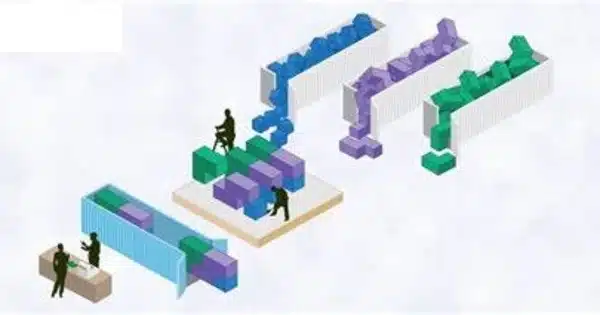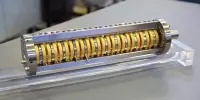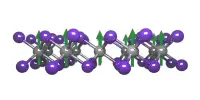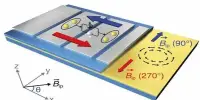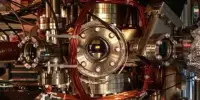In domains like as computer vision, computer graphics, and materials science, machine learning techniques are increasingly being used to study and understand the building elements of shapes. Using machine learning to uncover the properties of atomic parts of geometry demonstrates how AI can expedite mathematical discoveries.
For the first time, mathematicians from Imperial College London and the University of Nottingham utilized machine learning to expand and speed work finding ‘atomic forms’ that compose the fundamental elements of geometry in higher dimensions. Their findings were reported in the journal Nature Communications.
According to the authors, the way they applied artificial intelligence in the form of machine learning could change the way arithmetic is done. “The key step for mathematicians is figuring out what the pattern is in a given problem,” stated Dr. Alexander Kasprzyk of the University of Nottingham. This can be quite difficult, and it can take years to find some mathematical theories.”
The key step for mathematicians is figuring out what the pattern is in a given problem. This can be quite difficult, and it can take years to find some mathematical theories.
Dr. Alexander Kasprzyk
Professor Tom Coates of Imperial’s Department of Mathematics commented, “We have shown that machine learning can help uncover patterns within mathematical data, giving us both new insights and hints of how they can be proved.”
PhD student Sara Veneziale, from the Department of Mathematics at Imperial, said: “This could be very broadly applicable, such that it could rapidly accelerate the pace at which maths discoveries are made. It’s like when computers were first used in maths research, or even calculators: it’s a step-change in the way we do maths.”

Defining shapes
Mathematicians use equations to describe shapes, and by analyzing these equations, they can break the shape down into fundamental elements. These are the building blocks of forms, the atomic equivalents, and are known as Fano variations.
The Imperial and Nottingham teams began creating a ‘periodic table’ of these Fano variants several years ago, but categorizing them into groups with shared attributes has proven difficult. They’ve now utilized machine learning to uncover surprising patterns in the Fano variety.
One feature of a Fano variety is its quantum period, which is a series of numbers that functions similarly to a barcode or fingerprint. It has been proposed that the quantum period defines the dimension of the Fano variety, but no theoretical hypothesis for how this works has been proposed, therefore there is no method to test it on the vast range of known Fano variations.
Machine learning, on the other hand, is designed to detect patterns in vast datasets. The team demonstrated that by training a machine learning model with certain example data, the resulting algorithm could predict the dimensions of Fano varieties from quantum periods with 99% accuracy.
Coding the real world
The AI model doesn’t conclusively show the team have discovered a new statement, so they then used more traditional mathematical methods to prove that the quantum period defines the dimension – using the AI model to guide them.
The team claims that, in addition to utilizing machine learning to uncover new maths, the datasets used in maths could assist refine machine learning models. Most models are trained on real-world data, such as health or transportation data, which is inherently ‘noisy’ — it contains a lot of randomness that masks the true information to some extent.
Mathematical data is ‘pure’ (noise-free) and contains patterns and structures that lie beneath the data and are ready to be discovered. As a result, this data can be used to test machine learning models, boosting their ability to discover new patterns.
